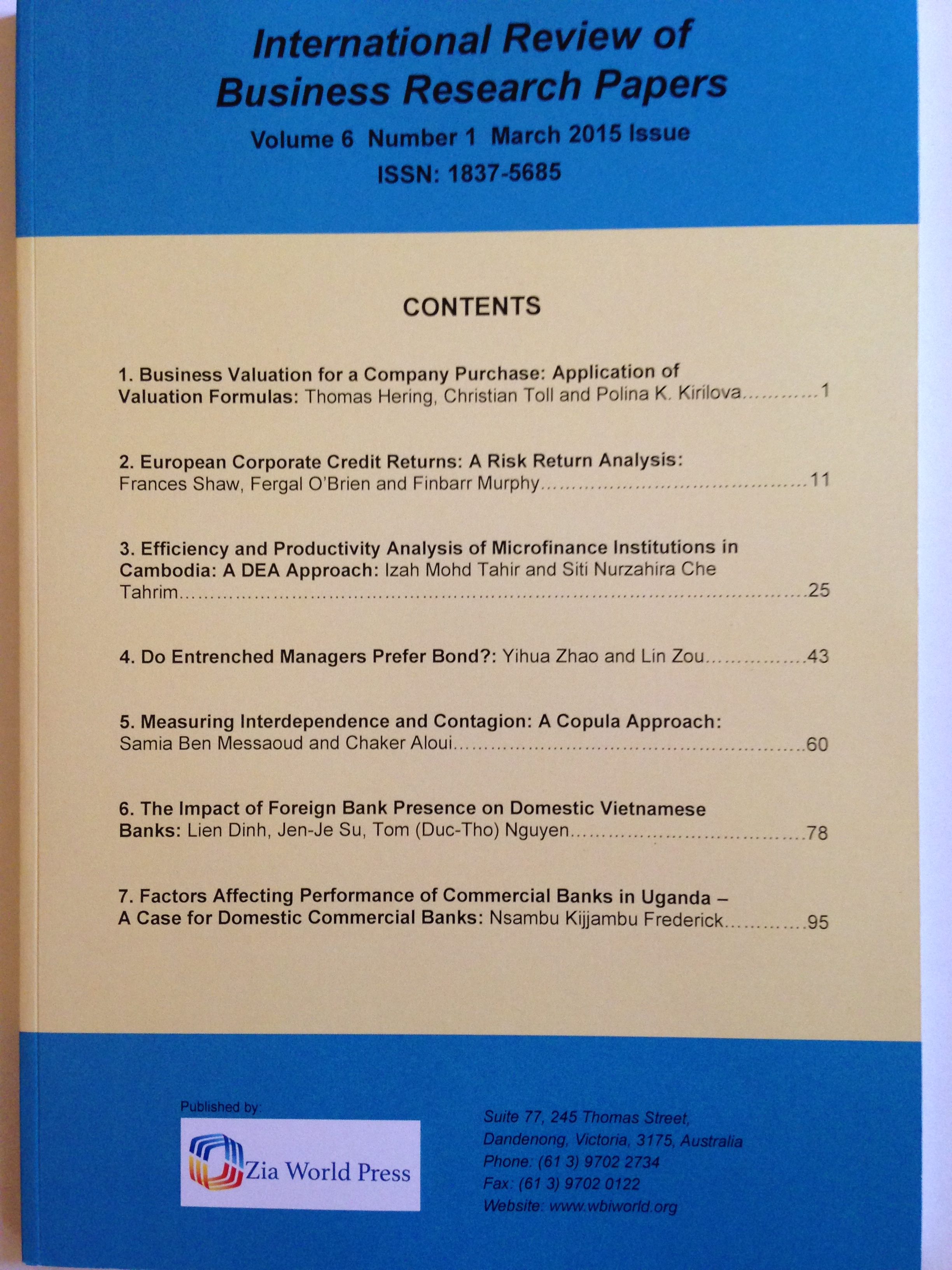September
2016

September 2016 (International Review of Business Research Papers)
Total Articles - 14
